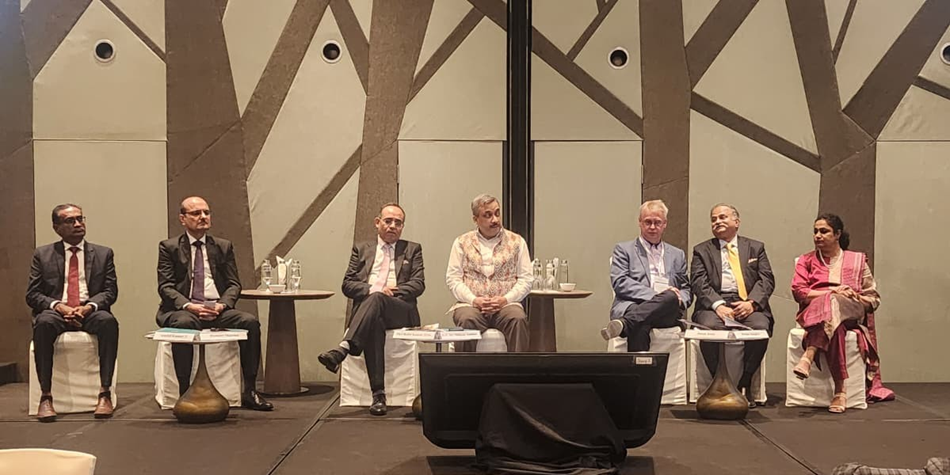China's textile and apparel (T&A) sector is showcasing a decisive shift, with overall exports down just 0.3% in the first three quarters of 2025. This near-flat aggregate hides a fundamental divergence: upstream textile (fabric, yarn) exports rose 2.1%, while the finished apparel exports declined 2.5%.
Engineering resilience against the sourcing shift
The growth in textile exports underscores China's strategy to move up the value chain. As garment manufacturing (the labor-intensive segment) is steadily offshored to countries like Vietnam and Bangladesh—part of the "China Plus One" diversification—Chinese factories are consolidating their global dominance in high-performance, capital-intensive fabric and yarn production.
This structural split is intentional. China remains the indispensable global supplier of sophisticated, value-added inputs, even to its competitors. For instance, while US apparel imports from China fell sharply 9% in Jan-Aug, exports of certain categories of technical textiles and advanced synthetic fibers continue to climb, showcasing market strength in engineering over mere assembly.
BRI market expansion and automation
Companies are relying on two key strategies to maintain long-term financial stability: market diversification and technological upgrade. Exports to key markets like the EU and Japan have shown resilience, increasing by 4.5% and1.1% respectively (Jan-Aug data). Moreover, the Belt and Road Initiative (BRI) markets are a critical focus, providing new avenues for high-volume sales of textile products. The heavy investment in digitalized and automated production lines ensures China retains its cost-of-production advantage for advanced materials, solidifying its role as the world's "fabric engineer".












